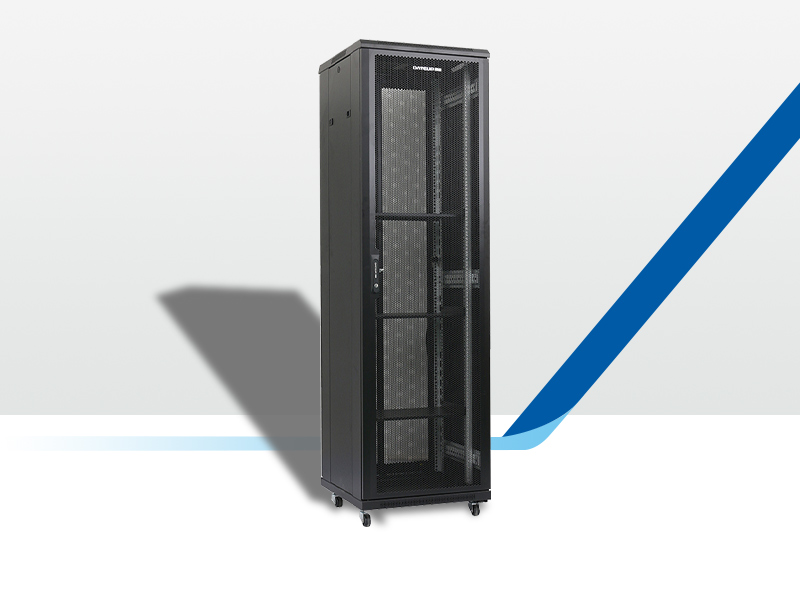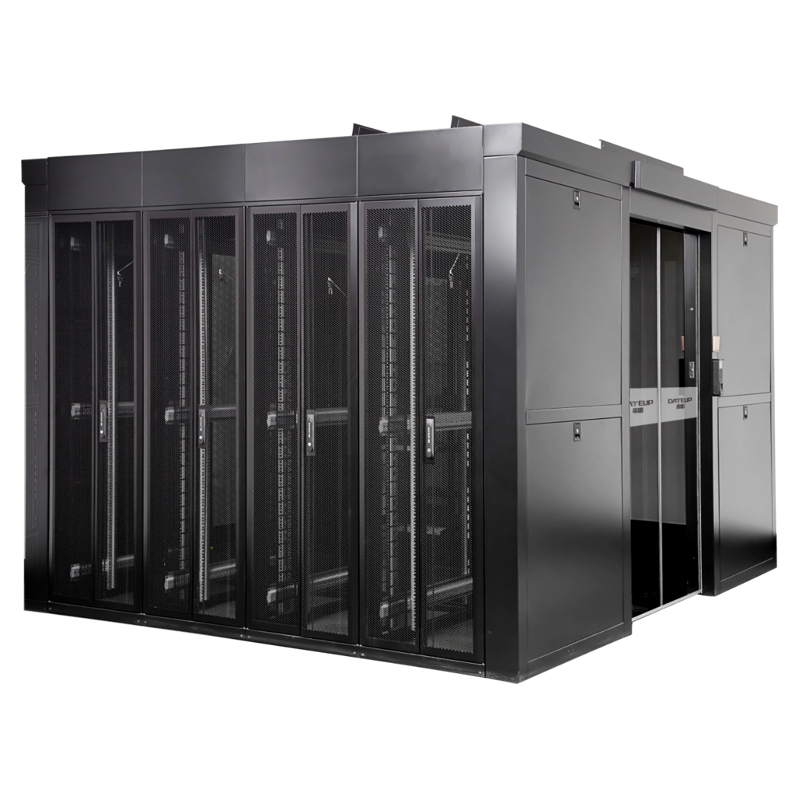Network Cabinet Trend in the Future
The network cabinet industry is constantly evolving to meet the needs of advancing technology and increased demands for network infrastructure. Here are some current trends in network cabinets:
- Increased capacity: With the growing number of devices and data being used in today’s networks, network cabinets are being designed with larger capacities to accommodate more equipment, cables, and accessories.

- Improved cooling and airflow management: Heat dissipation and airflow management are critical for maintaining the performance and longevity of network equipment. Network cabinet manufacturers are incorporating features such as improved ventilation, enhanced cable management, and the use of fans or cooling systems to ensure optimal cooling conditions.
- Cable management innovations: Managing cables can be a challenge in network cabinets, leading to congested and messy installations. To address this, network cabinets are being designed with features like cable management bars, trays, and cable routing accessories to ensure organized and efficient cable management.
- Modular and scalable designs: Network cabinets with modular and scalable designs are gaining popularity as they allow for easier expansion and customization based on evolving network requirements. These cabinets can be easily reconfigured, added onto, or modified to adapt to changing needs.
- Security and access control: Network cabinets are increasingly being equipped with security features like lockable doors, tamper-proof locks, and advanced access control systems to protect valuable network equipment and prevent unauthorized access.
- Remote monitoring and management: Many network cabinets are now integrated with remote monitoring and management capabilities, allowing network administrators to monitor temperature, humidity, power consumption, and other environmental conditions from a remote location. This enables proactive maintenance and troubleshooting, reducing downtime and enhancing overall network reliability.

- Energy efficiency: As energy costs continue to rise, network cabinets are being designed with energy-efficient features such as intelligent power distribution units (PDUs), energy-saving cooling systems, and adjustable fan speeds to reduce power consumption and minimize environmental impact.
These trends reflect the interest in maximizing space, improving performance, enhancing security, and minimizing energy consumption in network cabinet designs.
Post time: Nov-06-2023
